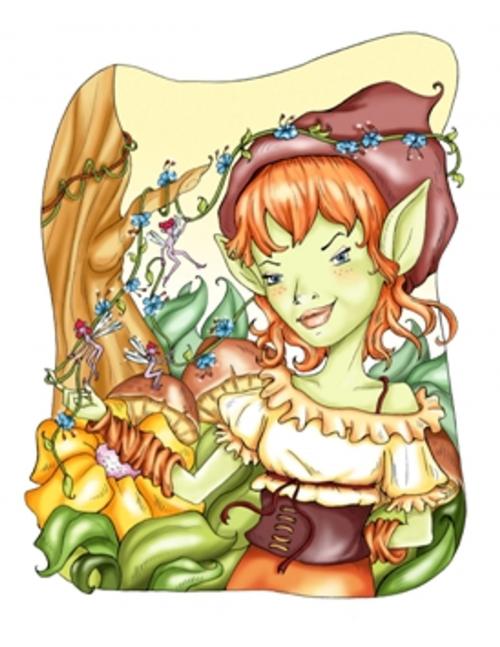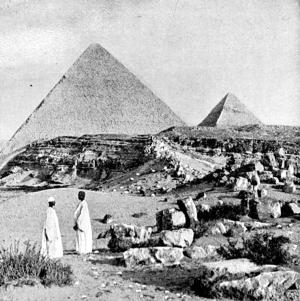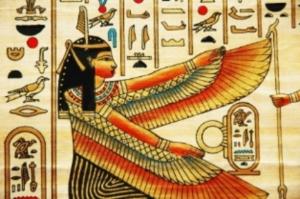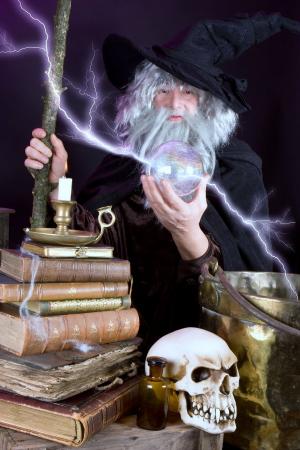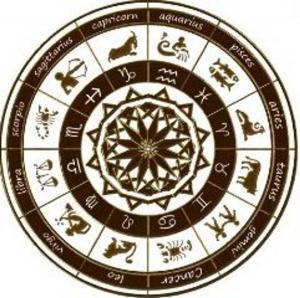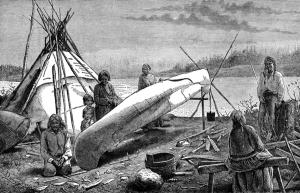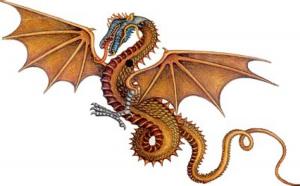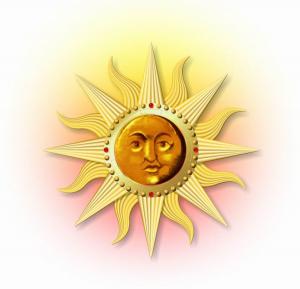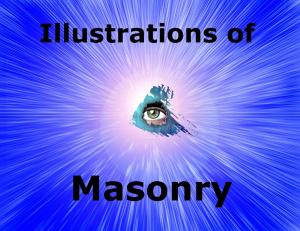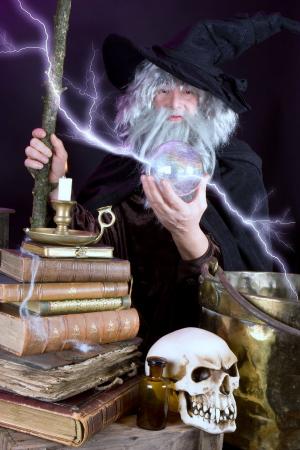| Author: | Gertrude M. Faulding | ISBN: | 9781613920572 |
| Publisher: | Body and Soul Publications | Publication: | February 18, 2013 |
| Imprint: | Language: | English |
| Author: | Gertrude M. Faulding |
| ISBN: | 9781613920572 |
| Publisher: | Body and Soul Publications |
| Publication: | February 18, 2013 |
| Imprint: | |
| Language: | English |
Book Description:
"A fairy (also fey or fae or faerie; collectively, wee folk, good folk, people of peace, and other euphemisms) is the name given to an alleged metaphysical spirit or supernatural being.
The fairy is based on the fae of medieval Western European (Old French) folklore and romance. Fairies are often identified with related beings of other mythologies (see list of beings referred to as fairies). Even in folklore that uses the term "fairy," there are many definitions of what constitutes a fairy. Sometimes the term is used to describe any magical creature, including goblins or gnomes: at other times, the term only describes a specific type of more ethereal creature.
Fairies are generally described as human in appearance and as having magical powers. Their origins are less clear in the folklore, being variously the dead, or some form of angel, or a species completely independent of humans or angels. Folklorists have suggested that their actual origin lies in a conquered race living in hiding, or in religious beliefs that lost currency with the advent of Christianity. These explanations are not always mutually incompatible, and they may be traceable to multiple sources.
Much of the folklore about fairies revolves about protection from their malice, by such means as cold iron (fairies don't like iron and will not go near it) or charms of rowan and herbs, or avoiding offense by shunning locations known to be theirs. In particular, folklore describes how to prevent the fairies from stealing babies and substituting changelings, and abducting older people as well. Many folktales are told of fairies, and they appear as characters in stories from medieval tales of chivalry, to Victorian fairy tales, and up to the present day in modern literature."
This is not the considered dogma of schoolmen or of sages in council, but the whirling utterance of a poet, and it is with some such answer on our lips that we must affirm our belief in the fairy world. For this belief is with most of us like a little plant, open to the morning sun, shivering gaily in the winds of life; scorched some times, and sometimes almost uprooted and vanishing away; yet ready always to blossom again at the stirring of ecstasy or the breath of an enchanted air. It is so inconsiderable that it will never harden into a creed; so tiny and humble a thing that the wise of this world have never tried to preserve it as a talisman or to use it as an artificial symbol of contention. So that it has been left from the beginning to grow free like the daisies, and children from the morning of time have woven it into happy coronals and into flower-chains, which, becoming longer and ever longer, and flung forth as they were by little, heedless fingers to the dews and the winds of heaven, have at last enmeshed the whole round world in their magical network.
*** For more titles like this one, type into the search field: Body and Soul Publications ***
Book Description:
"A fairy (also fey or fae or faerie; collectively, wee folk, good folk, people of peace, and other euphemisms) is the name given to an alleged metaphysical spirit or supernatural being.
The fairy is based on the fae of medieval Western European (Old French) folklore and romance. Fairies are often identified with related beings of other mythologies (see list of beings referred to as fairies). Even in folklore that uses the term "fairy," there are many definitions of what constitutes a fairy. Sometimes the term is used to describe any magical creature, including goblins or gnomes: at other times, the term only describes a specific type of more ethereal creature.
Fairies are generally described as human in appearance and as having magical powers. Their origins are less clear in the folklore, being variously the dead, or some form of angel, or a species completely independent of humans or angels. Folklorists have suggested that their actual origin lies in a conquered race living in hiding, or in religious beliefs that lost currency with the advent of Christianity. These explanations are not always mutually incompatible, and they may be traceable to multiple sources.
Much of the folklore about fairies revolves about protection from their malice, by such means as cold iron (fairies don't like iron and will not go near it) or charms of rowan and herbs, or avoiding offense by shunning locations known to be theirs. In particular, folklore describes how to prevent the fairies from stealing babies and substituting changelings, and abducting older people as well. Many folktales are told of fairies, and they appear as characters in stories from medieval tales of chivalry, to Victorian fairy tales, and up to the present day in modern literature."
This is not the considered dogma of schoolmen or of sages in council, but the whirling utterance of a poet, and it is with some such answer on our lips that we must affirm our belief in the fairy world. For this belief is with most of us like a little plant, open to the morning sun, shivering gaily in the winds of life; scorched some times, and sometimes almost uprooted and vanishing away; yet ready always to blossom again at the stirring of ecstasy or the breath of an enchanted air. It is so inconsiderable that it will never harden into a creed; so tiny and humble a thing that the wise of this world have never tried to preserve it as a talisman or to use it as an artificial symbol of contention. So that it has been left from the beginning to grow free like the daisies, and children from the morning of time have woven it into happy coronals and into flower-chains, which, becoming longer and ever longer, and flung forth as they were by little, heedless fingers to the dews and the winds of heaven, have at last enmeshed the whole round world in their magical network.
*** For more titles like this one, type into the search field: Body and Soul Publications ***
